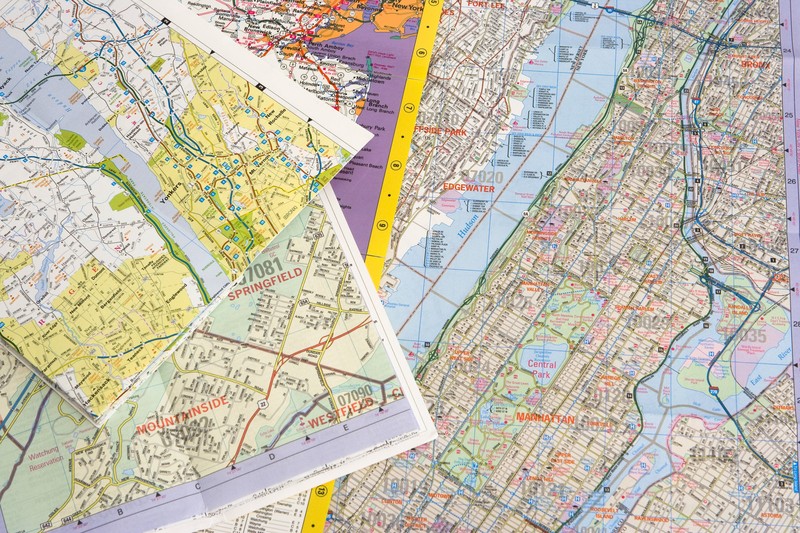Having a solid bug out plan in place is extremely important when the SHTF. But for far too many preppers, the route they are going to take is a back seat to the other plans, even though they will never have to worry about water and food storage if they don't make it to their bug out location in the first place. Continue reading below for some tips on what you should consider in your bug out route.
Five Considerations for your Bug Out Route
Where are you starting from?
Where are you trying to go?
Who are you planning on taking with you?
What transportation will you be taking?
What will you need to have with you?Area Familiarization
The first step in your route assessment is to first get familiar with your territory and to identify points or areas of interest. Keep in mind the five things listed above. These notes are important to keep even if your route doesn’t go to all the areas because you may need to find places or make adjustments to your route later on. Your points or areas of interest should include at least:
Starting Point(s)
End Point(s)
Rally Point(s) (Pre-planned locations of where you’ll meet up with someone along the route)
Friendly locations such as the homes of associates, hospitals, known remote locations (Go Points)
Unfriendly locations such as bad neighborhoods, places with no life support such as food and water (No-Go Points)
Choke Points (Places where you could be ambushed)
Water Crossing
Towns
Fuel, Water, and Food
Terrain Association Markers (locations or objects such as water towers that will help you figure out exactly where you are once you’re on the ground)Identify possible routes and prioritize:
Next, you need to identify some possible routes from your start points to your end points and take your areas of interest and your method(s) of transportation into consideration. Look at each route and analyze each area of interest along the way as much as you can using maps, imagery and in-person observation. This is where you start prioritizing your routes based on what you’ll find along the way. You should come up with at least three possible routes for any given location. Try to maximize the predicted friendly areas and avoid the predicted unfriendly areas.Document your prioritized routes on the map and the list:
Your written route should be listed from start to finish, with a new line for each turn and area of interest you come to. These lines are called ‘legs.’ Each line should tell you where you are, how to identify that you’re there, which direction to go, and how far, how long you’ll be going along that leg, and any relevant notes.Run the routes:
Now you need to walk or drive each of your routes; each leg that you will take, including any possible detours if you think you may need them. As you get to each point of interest, take a picture with descriptions to place in your relevant notes and as attachments with your map; enough so that you could just hand the map and route to someone and they could follow them at night if they’ve never been there. This is also when you find out that the gas station you were planning on using was closed down six months ago.Complete the document:
Your route assessment should be a part of an overall bug out plan because you need to pack what you’re taking in your go bag based on what you’ll find along your route, you need to come up with a communication plan to be able to coordinate and meet up with others at your rally points, and may also need to use the route to figure out where to place caches of food, water or other supplies along the route to ensure you’ll have them if you happen to start off unexpectedly. The whole plan should fit together as a complete system.
Having some well thought-out bug out routes prepared now will save you a lot of headache in the future, and may even save your life. It will get you to your destination much more quickly, allow you to stay away from areas that may be hazardous due to martial law or rioting, and will provide the greatest options for food, fuel, and water along the way. It may be a hassle, but it's better to prepare and have nothing happen than to skip it and wish you hadn't.
This is excellent advice for everybody to follow, and hopefully plenty of people will. You can learn more by visiting Survival Kit.

Don’t follow rivers, that’s where everyone else will be. Don’t plan on wild game, everyone else is. Don’t travel at night. Everyone has bought night vision and will be shooting at shadows. If you’re a good shot, you can recover all the ammo you need, if not, thanks for the ammo. Lol